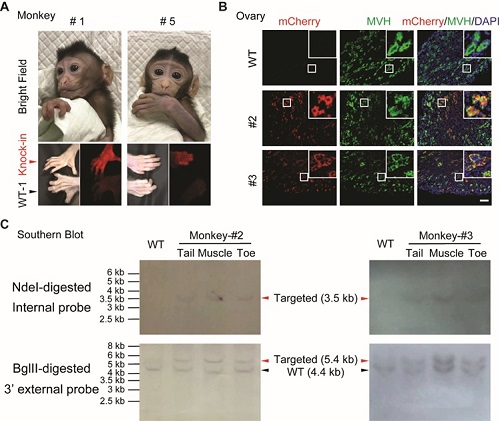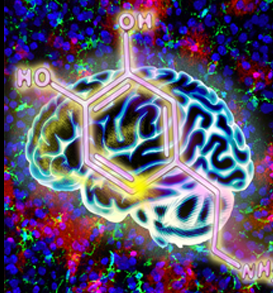
On April 21, an article named “Dissociable Frontostriatal Connectivity: Mechanism and Predictor of the Clinical Efficacy of Capsulotomy in Obsessive-Compulsive Disorder” online published in Biological Psychiatry.
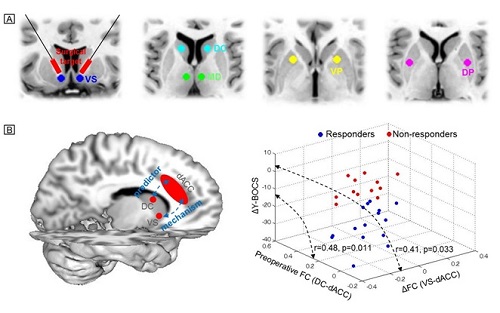
A recent study published in eLife by researchers in Dr. Yang Tianming’s lab showed that the neuronal activity in the orbitofrontal cortex (OFC) represents the value of the attended item. The findings indicated that the processing of value information in the brain may be a sequential process and attention plays a key role in guiding this process.

A recent study published in Oncogene demonstrated that glioblastoma (GBM) cells depleted of the nuclear import receptor KPNB1 exhibits proteotoxic stress and apoptosis. This work was performed by researchers in Dr. XIONG Zhi-Qi’s Lab.

In a recent study published in Neuron, Dr. WANG Wei’s lab at the Institute of Neuroscience of the Chinese Academy of Sciences studied how local high-resolution information may in fact be conserved from early to intermediate areas of the visual hierarchy in an animal model of vision that is closest to our own, the macaque monkey.
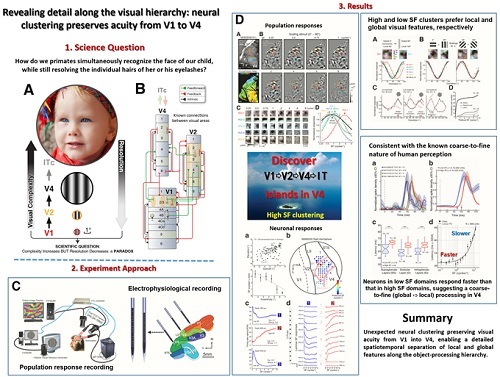
The first primate clones made by somatic cell nuclear transfer are two genetically-identical long-tailed macaques born recently at the Institute of Neuroscience. Researchers named the newborns Zhong Zhong and Hua Hua.

In a recent study published in Nature Communications entitled “Medial preoptic area in mice is capable of mediating sexually dimorphic behaviors regardless of gender”, WEI and colleagues in Dr. XU Xiaohong’s lab showed unexpectedly that a well-known sexually dimorphic brain nucleus can drive both male-typical and female-typical behaviors.

A recent study published in Nature Neuroscience demonstrated that the transcription of multiple genes in the brain can be simultaneously activated usingCRISPR–dCas9-activator transgenic mice. This work was completed by researchers in Dr. YANG Hui’s Lab.
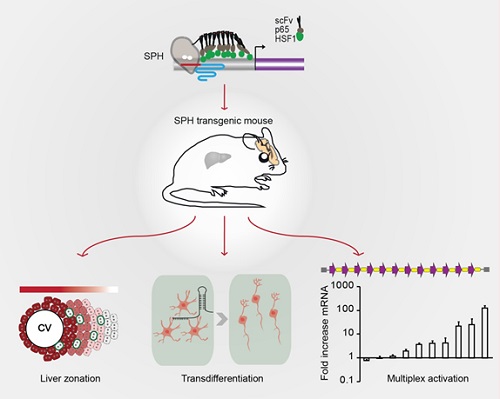
A recent study published in Cell Research demonstrated that homology-mediated end joining (HMEJ)-based strategy can generate knock-in cynomolgus monkey using CRISPR/Cas9. This work was performed by researchers in Dr. YANG Hui’s Lab, in collaboration with the teams of Dr. SUN Qiang.
